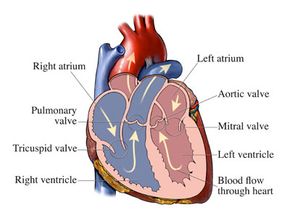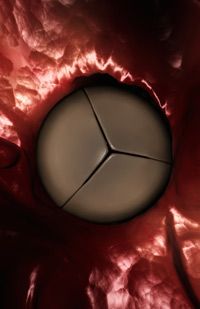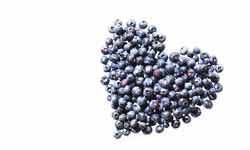The heart is the primary engine that keeps your body running. That hardworking engine has two separate motors, both of which are split into an upper atrium and a lower ventricle that the fuel (your blood) passes through before it's bound for other parts of your body. Each motor also has two valves. Instead of regulating the flow of air, fuel and exhaust as they do in a car, your heart's valves are in charge of blood flow.
Two sets of valves primarily supervise your heart's blood flow. The atrioventricular valves sit between the atrium and ventricle. On the left side of your heart, this specific gateway is called the mitral valve, and on the right, the tricuspid valve. The semilunar valves, however, serve as the exit doors that blood pulses through as it leaves the ventricles on its way to the fuel lines (your arteries). On the left, this semilunar valve is called your aortic valve, and on the right, the pulmonary valve.
Advertisement
We need heart valves because they keep our blood flowing in one direction by opening and allowing it to pass, and then closing to prevent it from flowing backward. Your body is a closed system, meaning blood travels in essentially one big loop, so the closed valves allow pressure to build up before releasing two ventricles' worth of blood from the heart.
But let's get back to our engine analogy for a second. The motor on the right side of the heart has it easy. It receives blood at low pressure as it arrives from all corners of your body and sends it right next door to the lungs, which prefer a steady stream of blood, not a roaring river.
On the left side, however, it's a different story. Blood is entering the left atrium from the nearby lungs at low pressure, but this motor must then push it through the chambers and valves with enough force to shoot the newly oxygenated blood to every tissue in your body. In fact, the left side of our hearts works so hard that we normally identify our heart as being on the left side of our chests when it actually sits in the middle. With that unbalanced workload, it's no wonder that 95 percent of the time the heart valves from the left side are the ones that need replacing [source: St. Jude].
One of these valves, the aortic valve, guards the passageway between the left ventricle and the aorta, your primary supply artery for oxygen-rich blood. If this part malfunctions, as it does in aortic valve disease, your engine is in for a hard day's driving.
Advertisement



